
HEALTH TIP: BOTOX ISN’T JUST FOR WRINKLES
While most in the cosmetic field rave about the use of Botox for fine lines and wrinkles, the reality is that this incredible neurotoxin has a lot of other uses. Despite fears that the drug is toxic to the body, scientists and researchers have worked hard not only to quell these myths but to encourage patients to consider Botox for use for other medical conditions (like migraines). That’s what we want to talk about here today: how Botox can help some pretty surprising health issues – and why it’s not just for cosmetics.
BLADDER CONTROL
There aren’t a ton of therapies for women who are experiencing issues with incontinence. The most popular are invasive and involve surgeries to implant nerve stimulators, but now, some physicians are using Botox instead.
Carefully-placed Botox injections can help to ease the frequent urge for urination. It is believed that Botox reduces spasms and may help to firm up lax tissues, both of which enable improvement in incontinence patients.
There are pros and cons to incontinence treatments (both surgical and injectable), but many women who have tried Botox have been happy with the results of their treatments. It’s worth considering if surgery isn’t the best option.
CHRONIC MIGRAINES
Botox has been FDA approved for the treatment of migraines for quite some time. The technique was sort of discovered by accident as far back as 1992, when a surgeon put two and two together after his cosmetic patients started reporting a reduction in headache days.
Injectable Botox for migraines follows a simple procedure. Providers place almost three dozen tiny injections around specific areas of the head and the neck. Most people report a reduction in headaches for around three months before the procedure needs to be repeated.
NECK SPASMS
Believe it or not, Botox was approved to treat cervical dystonia pain a couple of years before it was given the OK for cosmetic use. This condition involves odd positioning of the skull, which leads to chronic neck pain. Botox injections relax the muscles and reduce discomfort in patients who get very little relief from other pain management techniques.
MUSCLE SPASMS
Botox is helpful for muscle spasms, but is especially so for people who have regular blepharospasms impacting the eyelids. This injection isn’t used for people who have the occasional spasm due to stress or anxiety; it’s only for patients with true blepharospasms who have a neurological issues that disrupts communication between the brain and the eye. The injections help stop the spasming and give a person better control of their eyelids.
STRABISMUS
Strabismus is a condition often diagnosed in childhood in which the eyes appear crossed. The issue is sometimes the result of trauma, but is most often a congenital defect.
Botox injections are an option for people who can’t have or don’t want surgery to correct the condition. However, surgery is generally considered the most effective long-term solution.
EXCESSIVE SWEATING
We all sweat, but some people just can’t stop This condition, also known as hyperhidrosis, often involves embarrassing levels of sweating. Patients cannot control how much they sweat no matter how much antiperspirant they use. It makes them damp, stains their clothes, and is generally embarrassing, but it can also lead to infection or skin breakdown, too.
Botox helps some hyperhidrosis patients when injected into the skin near the sweat glands. Their nerves will then tell the body to stop producing sweat
While this condition is mostly for underarm hyperhidrosis, it has been used in other areas of the body, too – like the palms and feet.
HYPERSALIVATION
This isn’t an incredibly common problem, but those who have it certainly wish they could control it. Excessive drooling is messy and embarrassing. An ear, nose, and throat specialist can use Botox to impact the nerves that signal the body to salivate, cutting back on unwanted drool.
PELVIC PAIN
This type of injection is specifically geared towards women who have pain during sex (also known as vaginismus). This isn’t an FDA-approved use for Botox, but doctors have found it helpful for women with chronic pain during muscle contractions. The length of time the injections are effective can vary anywhere from six months to two years, but many women do find relief.
BELL’S PALSY
Bell’s palsy is a condition that paralyzes the face causing the muscles to droop. Some women experience this condition while pregnant, while others develop it after struggling with certain viruses and diseases. It’s often scary because it initially mimics stroke symptoms.
Botox helps the paralyzed muscle to relax, relieving some of the pressure on the cranial nerve. Bell’s palsy is usually temporary, but treatment can help speed up progression during recovery.
COLD HANDS
Cold hands aren’t always a medical emergency but can be incredibly uncomfortable. People with chronically cold hands often have flood flow issues through the vessels around the hands. This may be true Raynaud’s Disease or simple circulatory issues; either way, it’s no fun.
For circulation issues in the hands, Botox may help. Gentle Botox injections can relax the muscles, allow the blood vessels to enlarge, and bring more effective flow back to the fingers.
DEPRESSION
Disclaimer: don’t go running to your doctor asking for this unapproved treatment. It’s currently still being studied and the science is questionable, at best.
Some researchers believe that your facial expressions have an impact on your mood. So if you wake up and see a droopy face with sad marionette lines, you are more likely to be sad or depressed during the day. They think that using Botox to correct facial muscles can lead to lower depression levels and improved moods within six weeks of treatment. If nothing else, it may be worth a shot!
Don’t forget — Botox is a toxin and the body can build up a tolerance to it, just as it can with any other drug you use over a long period of time. You may find you need to switch to other variations of the drug, like Dysport or Xeomin, depending on your reason for using it. At some point, the treatment may simply stop working.
Botox shouldn’t be considered the only treatment, or even the primary treatment, for many of these conditions. While it’s certainly helpful, it’s important to continue searching for other long-term alternatives. You may find it effective to switch to a different treatment, or to alternate between treatments so they don’t lose their effectiveness.
Just as you would with cosmetics, it’s important to find a specialist not only experienced with your condition, but with the proper injection of Botox as well. A little bit can go a long way, but too much can have an adverse effect, making your condition worse instead of better.
 None
None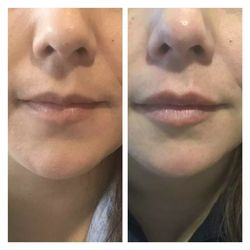 None
None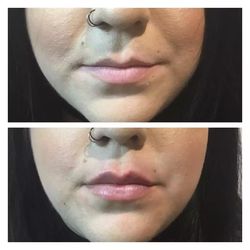 None
None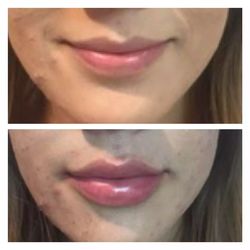 None
None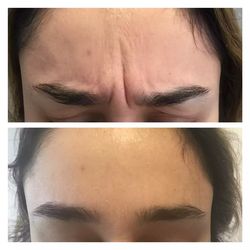 None
None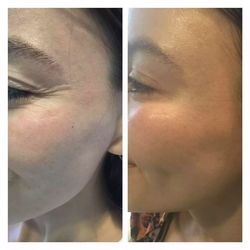 None
None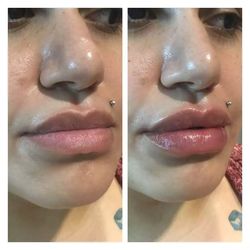 None
None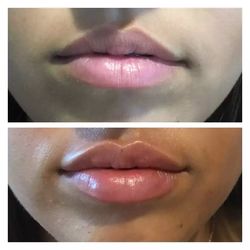 None
None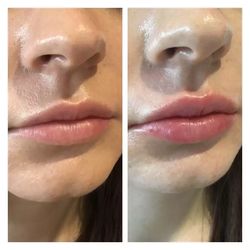 None
None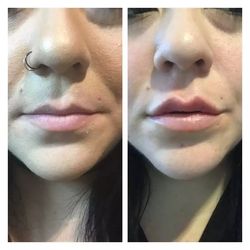 None
None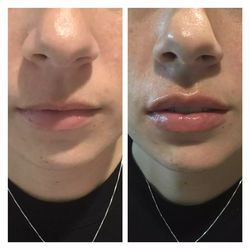 None
None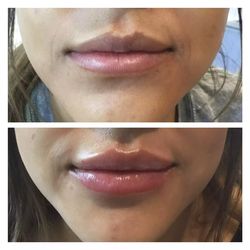 None
None None
None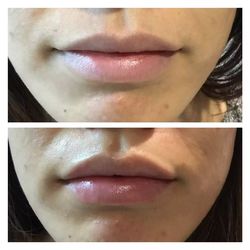 None
None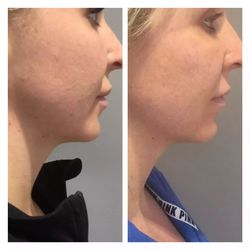 None
None None
None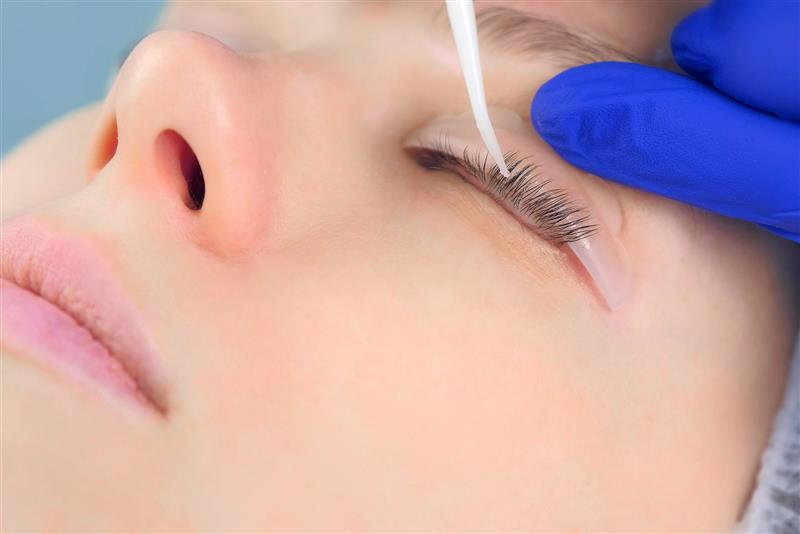


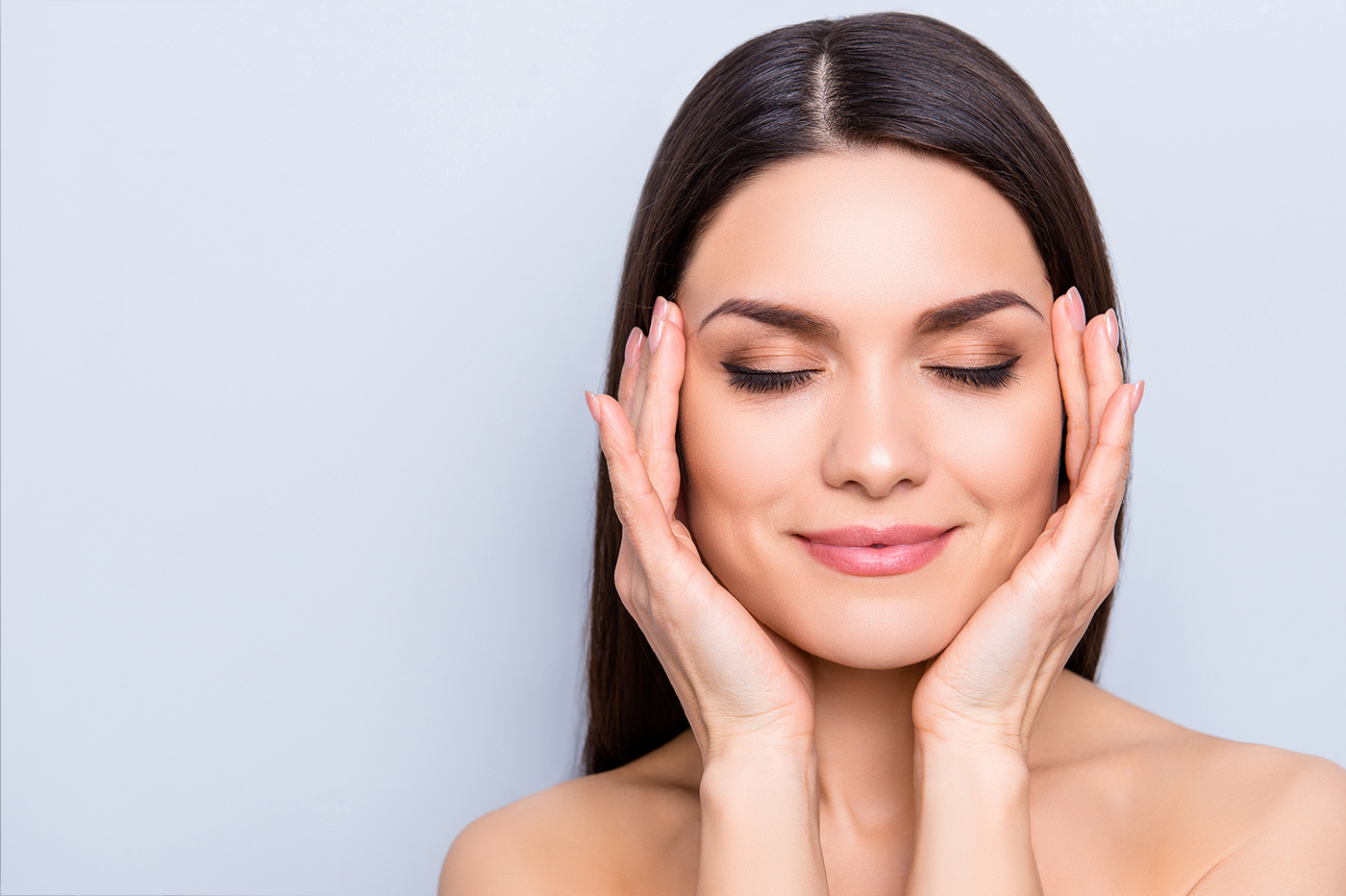
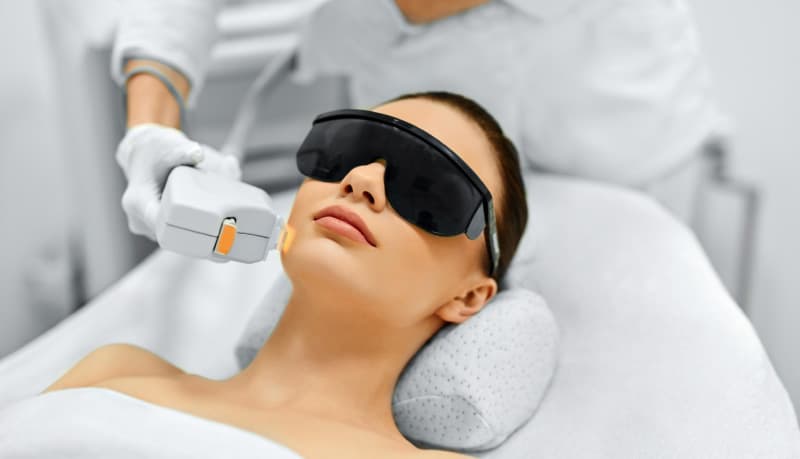


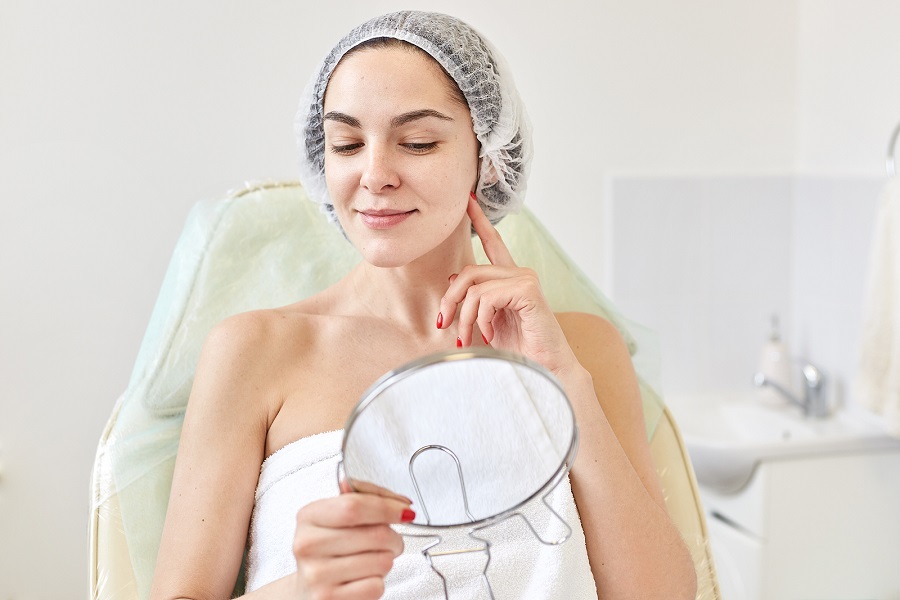






0 comments